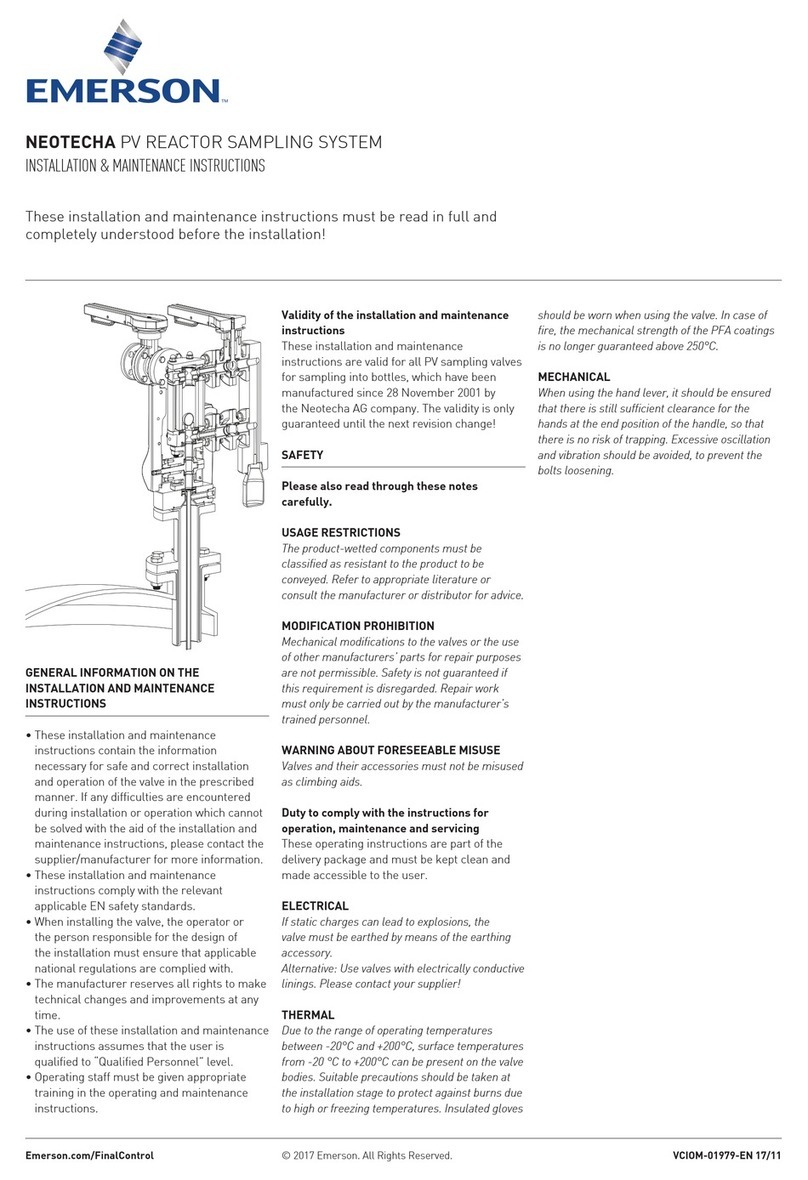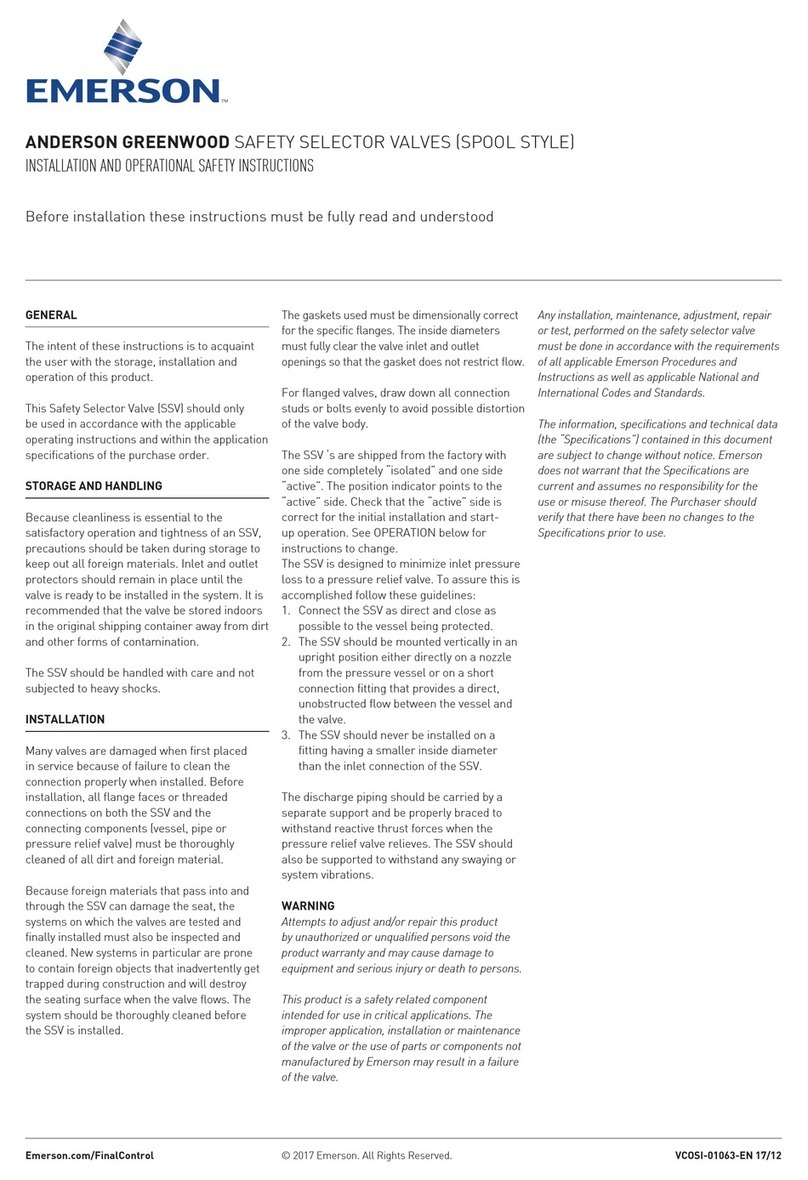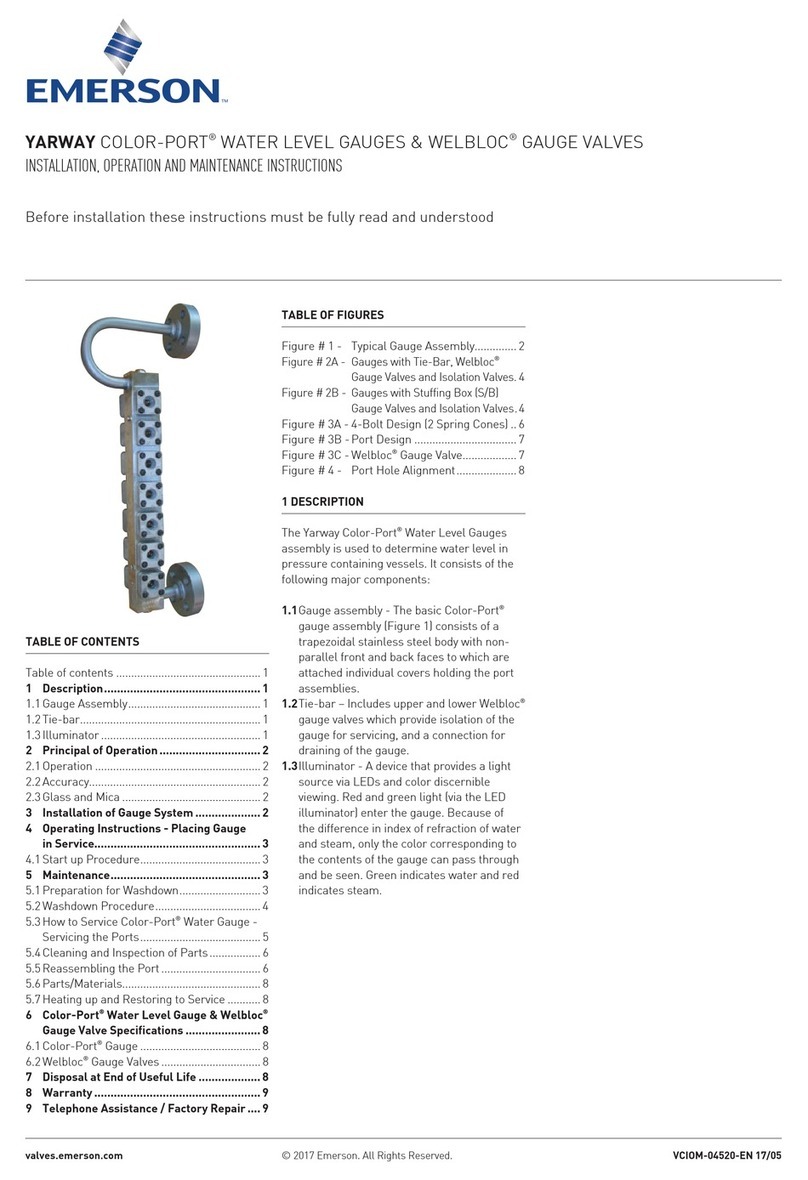Emerson Anderson Greenwood 500 Series User manual
Other Emerson Control Unit manuals
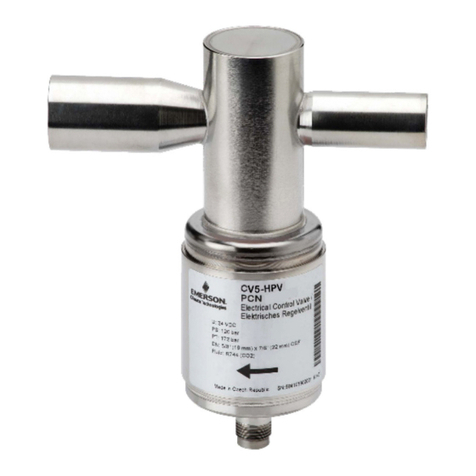
Emerson
Emerson CV4-7 Series User manual
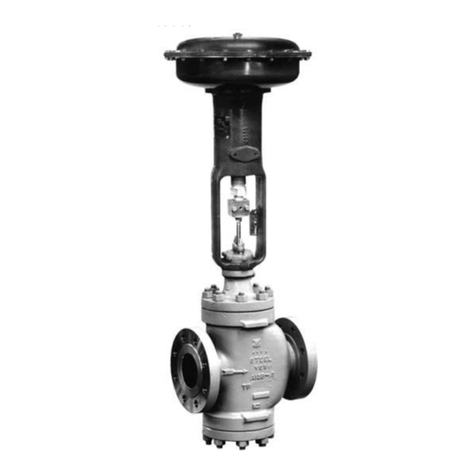
Emerson
Emerson Fisher HS User manual

Emerson
Emerson Anderson Greenwood 81 Series User manual
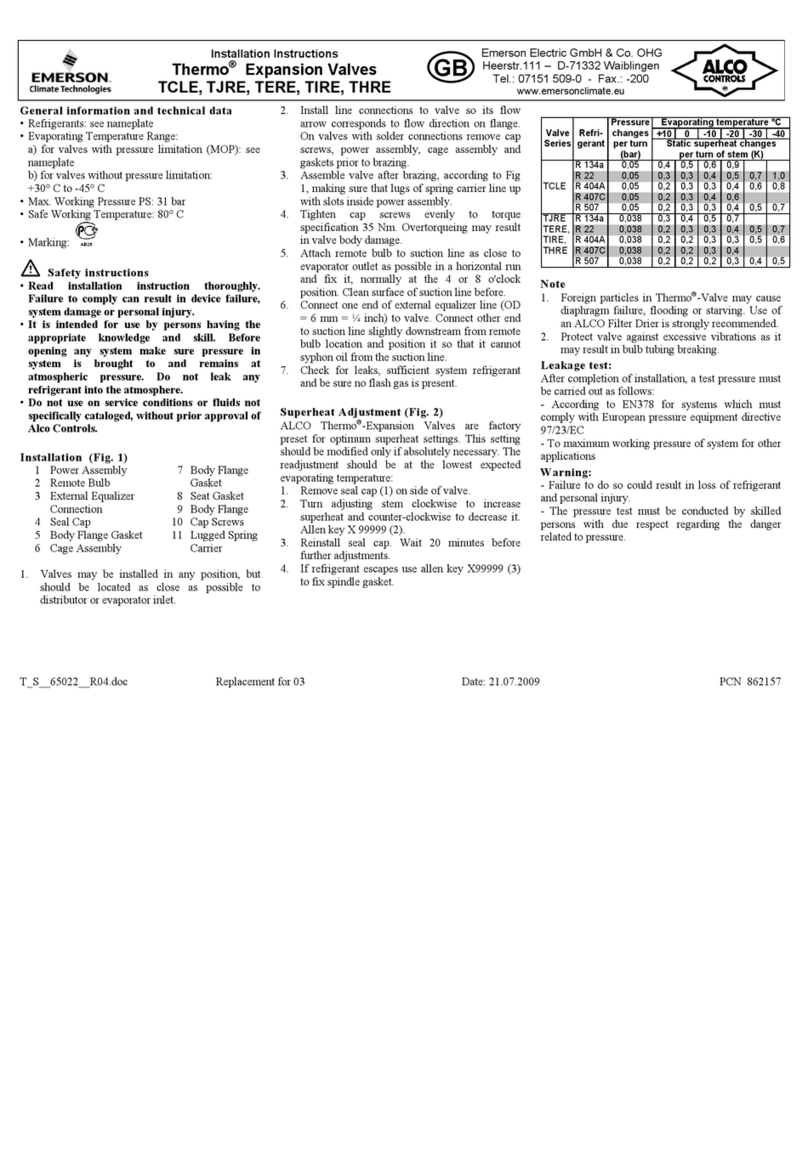
Emerson
Emerson Thermo TCLE Series User manual

Emerson
Emerson White Rodgers 36H Series User manual
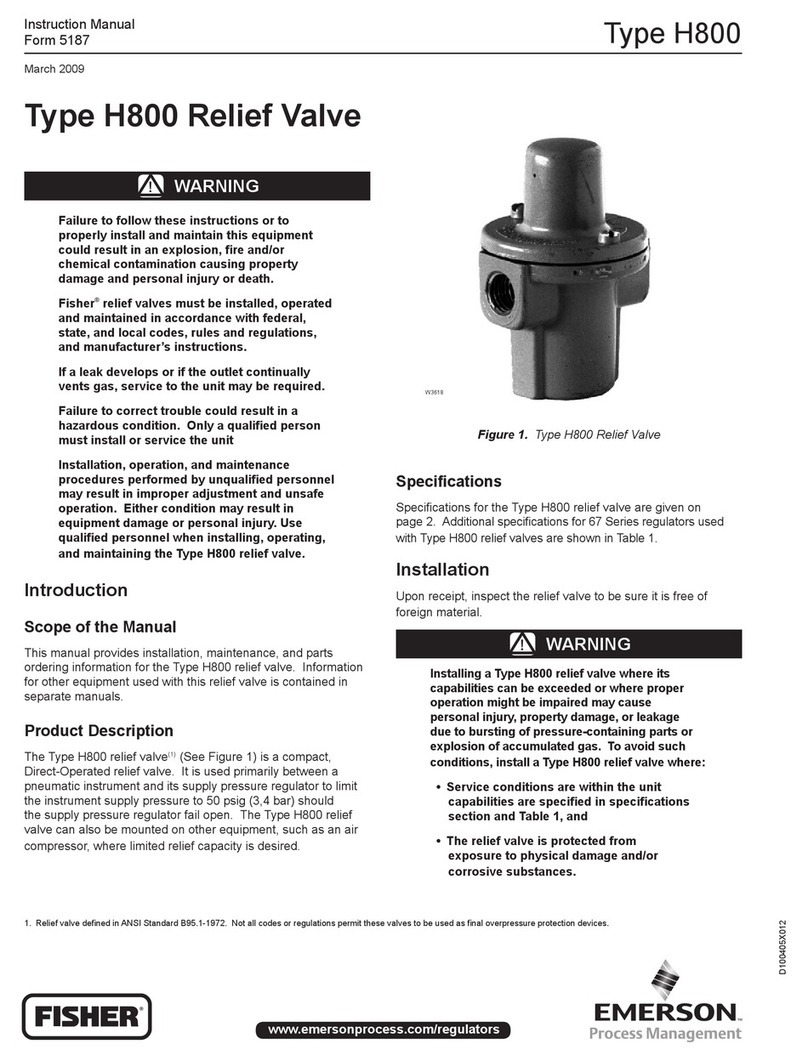
Emerson
Emerson Fisher Type H800 User manual
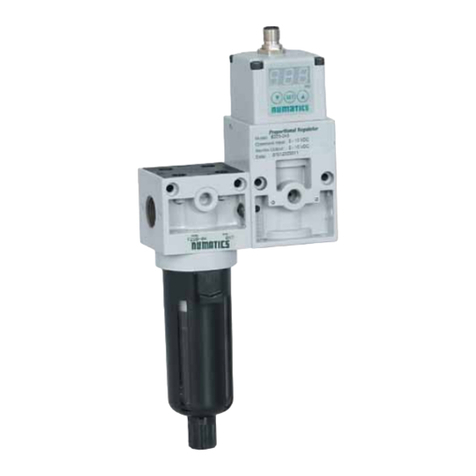
Emerson
Emerson numatics E22 User manual

Emerson
Emerson MVME7616E Quick start guide
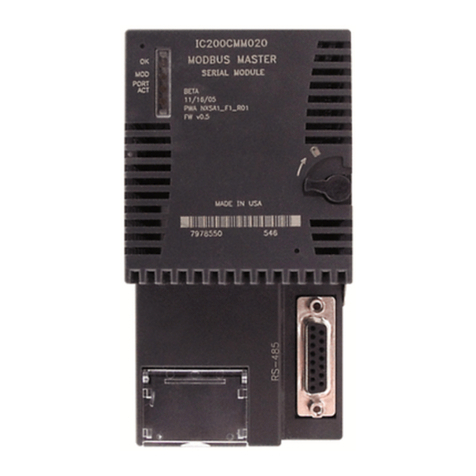
Emerson
Emerson PACSystems VersaMax IC200CMM020 User manual
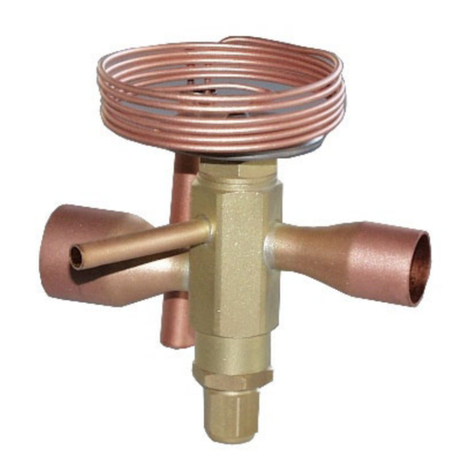
Emerson
Emerson ALCO Thermo TX6 User manual

Emerson
Emerson Fisher GX User manual
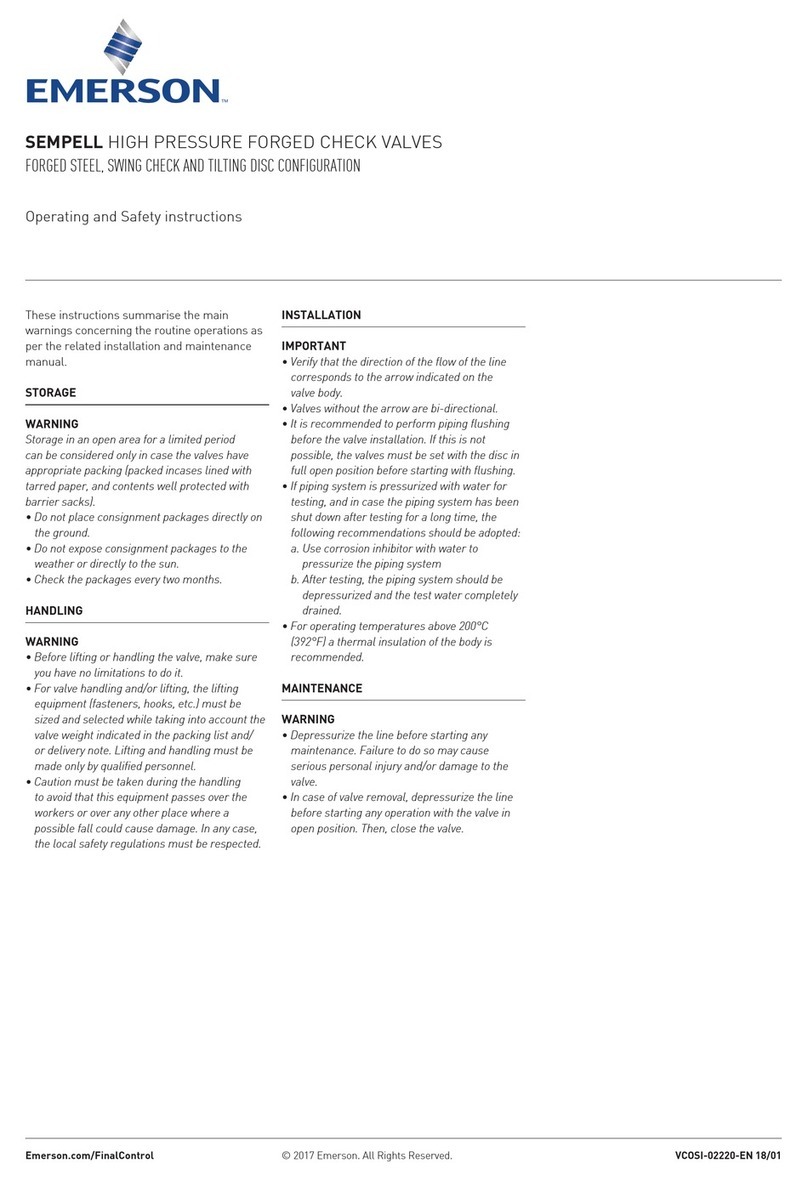
Emerson
Emerson SEMPELL Quick guide
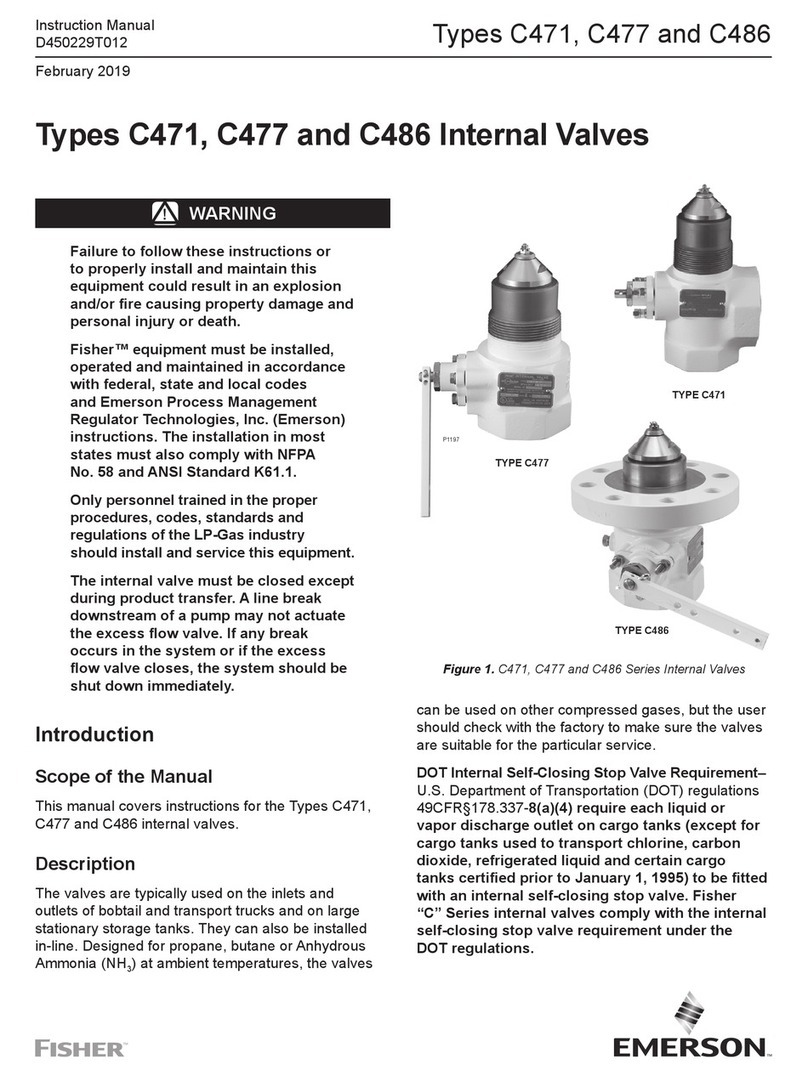
Emerson
Emerson C471 User manual
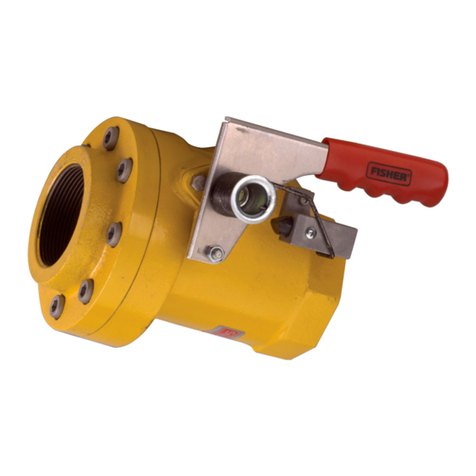
Emerson
Emerson Fisher N551 User manual
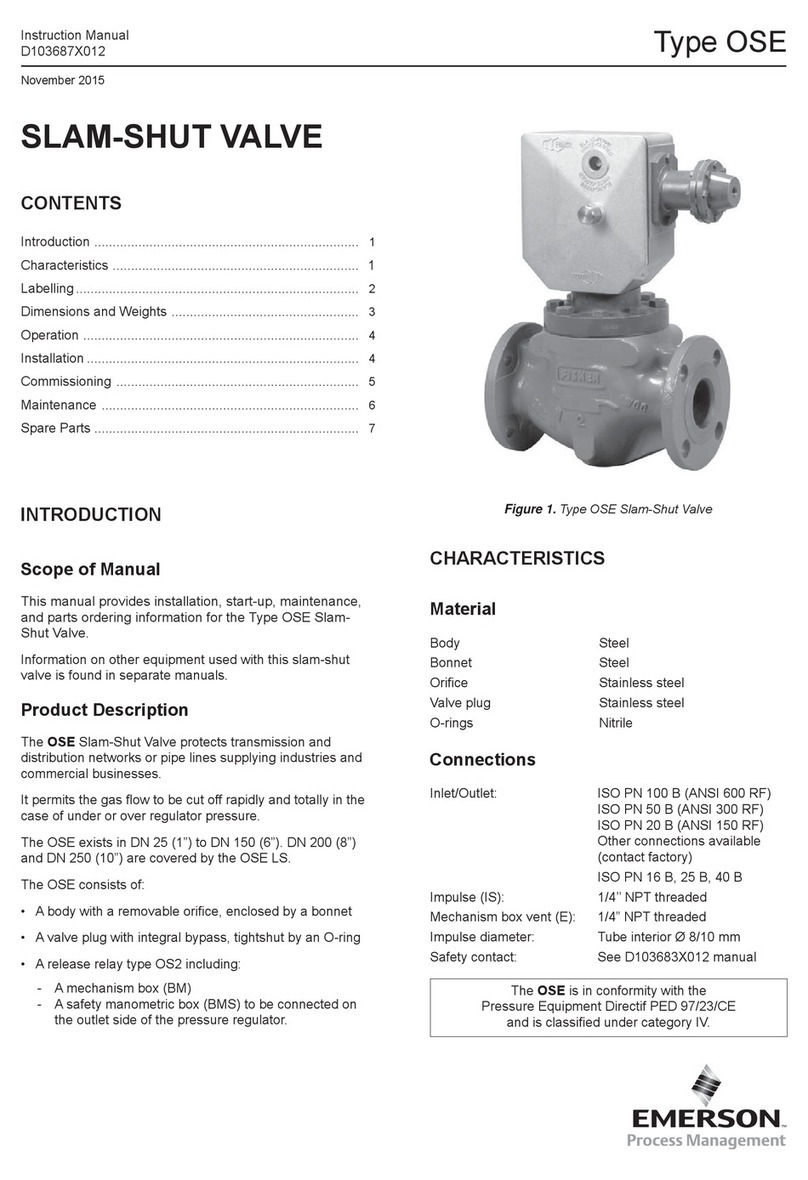
Emerson
Emerson OSE Series User manual
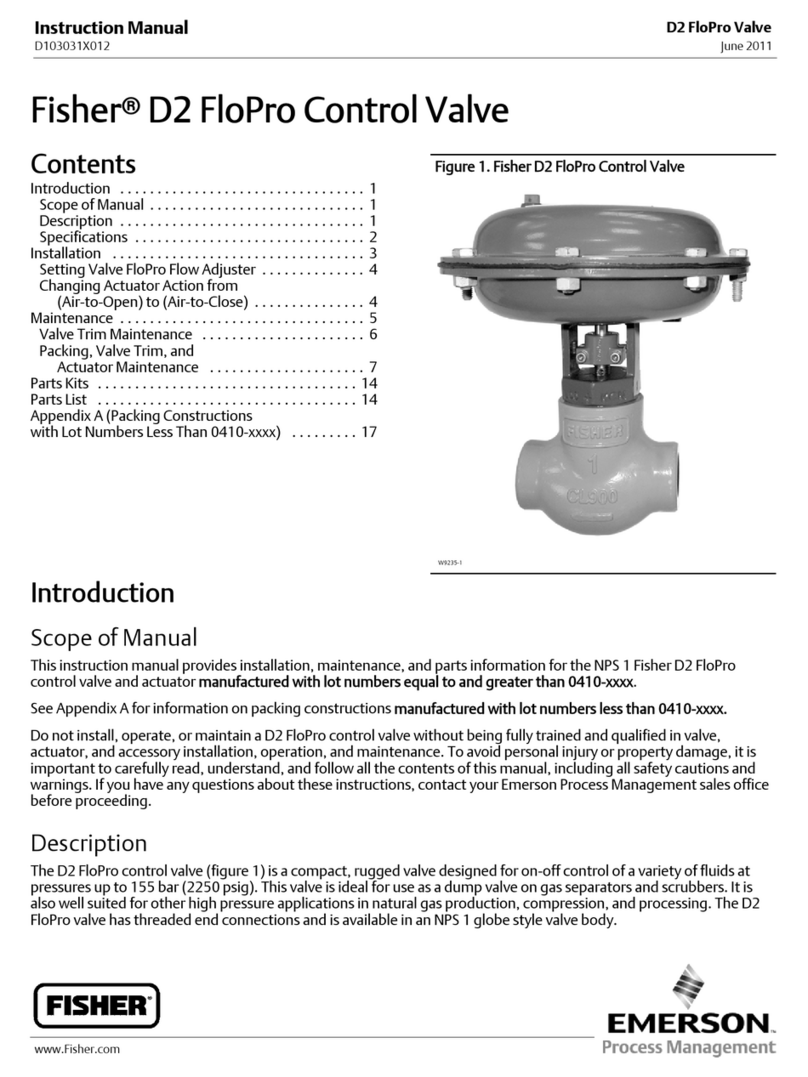
Emerson
Emerson Fisherr D2 FloPro User manual
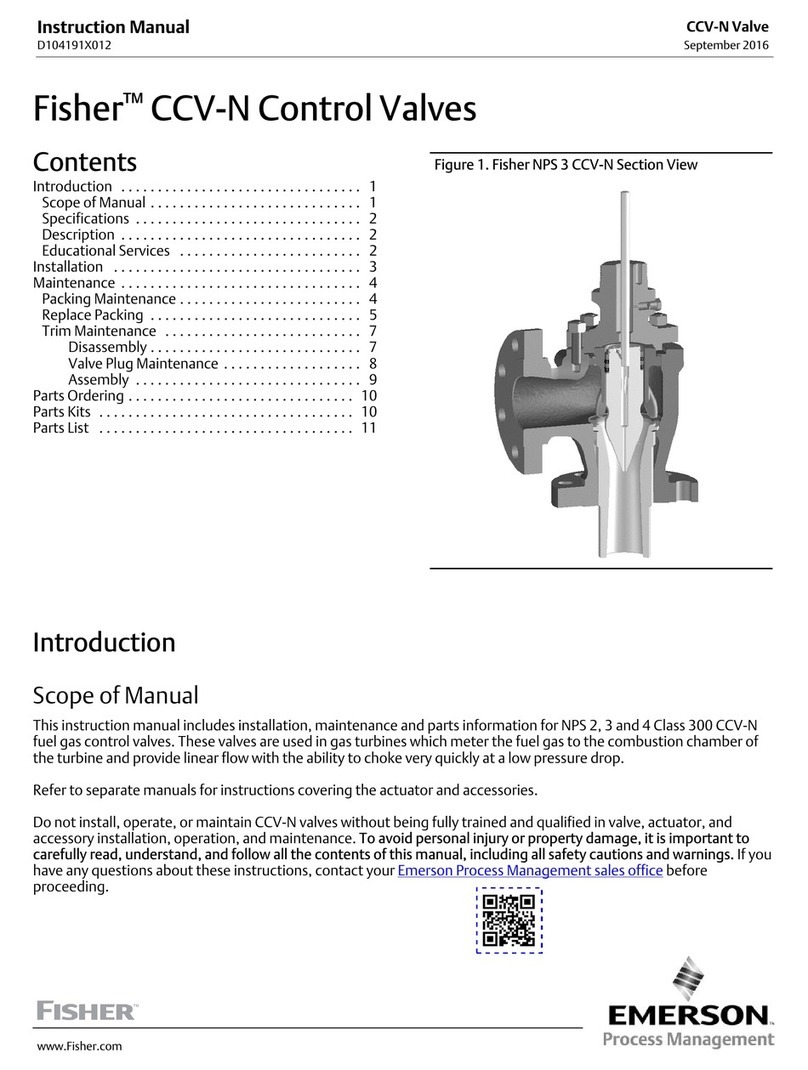
Emerson
Emerson Fisher CCV-N User manual
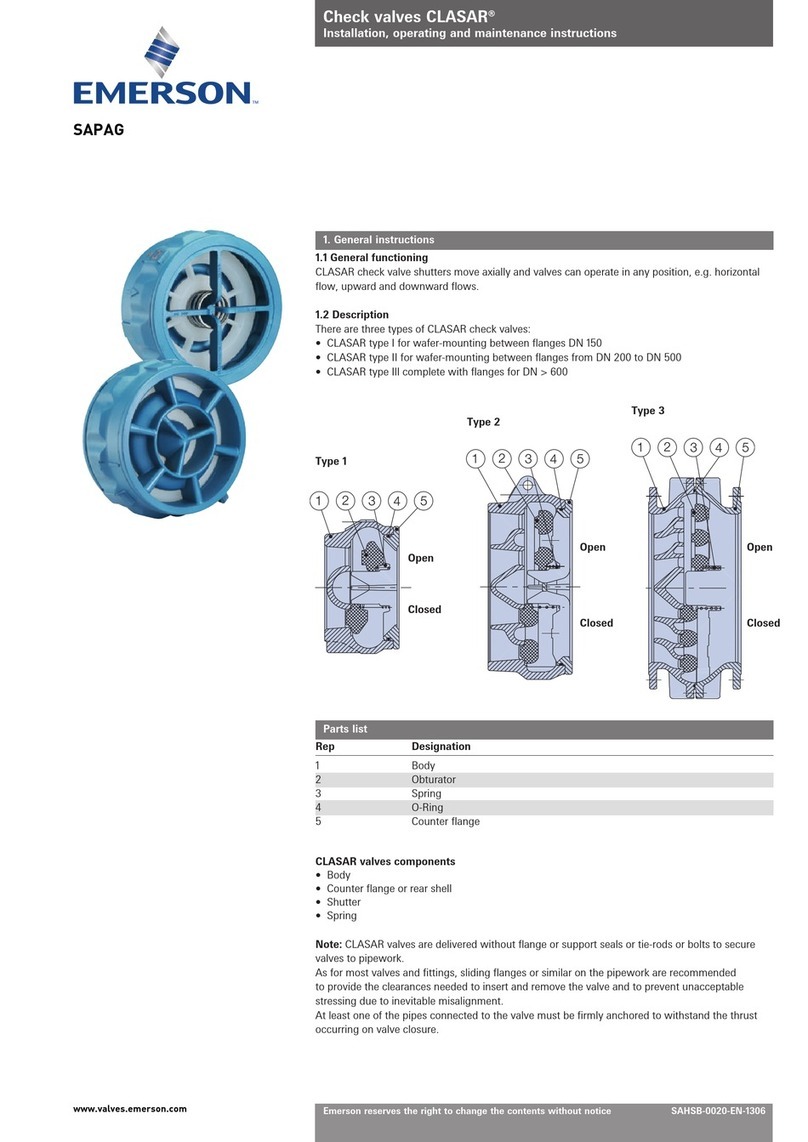
Emerson
Emerson SAPAG CLASAR Series Parts list manual

Emerson
Emerson Bettis TEC2 User manual
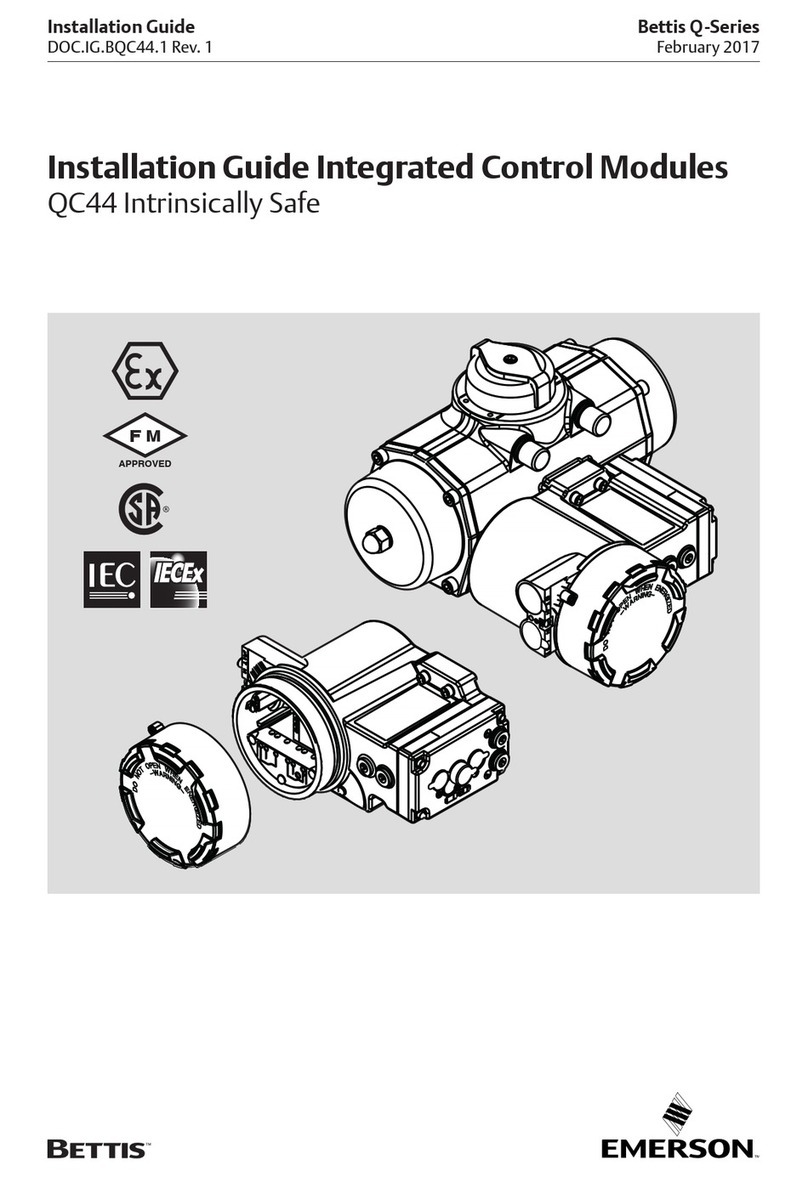
Emerson
Emerson Bettis Q series User manual
Popular Control Unit manuals by other brands

Festo
Festo Compact Performance CP-FB6-E Brief description

Elo TouchSystems
Elo TouchSystems DMS-SA19P-EXTME Quick installation guide

JS Automation
JS Automation MPC3034A user manual

JAUDT
JAUDT SW GII 6406 Series Translation of the original operating instructions

Spektrum
Spektrum Air Module System manual

BOC Edwards
BOC Edwards Q Series instruction manual

KHADAS
KHADAS BT Magic quick start

Etherma
Etherma eNEXHO-IL Assembly and operating instructions

PMFoundations
PMFoundations Attenuverter Assembly guide

GEA
GEA VARIVENT Operating instruction

Walther Systemtechnik
Walther Systemtechnik VMS-05 Assembly instructions

Altronix
Altronix LINQ8PD Installation and programming manual
